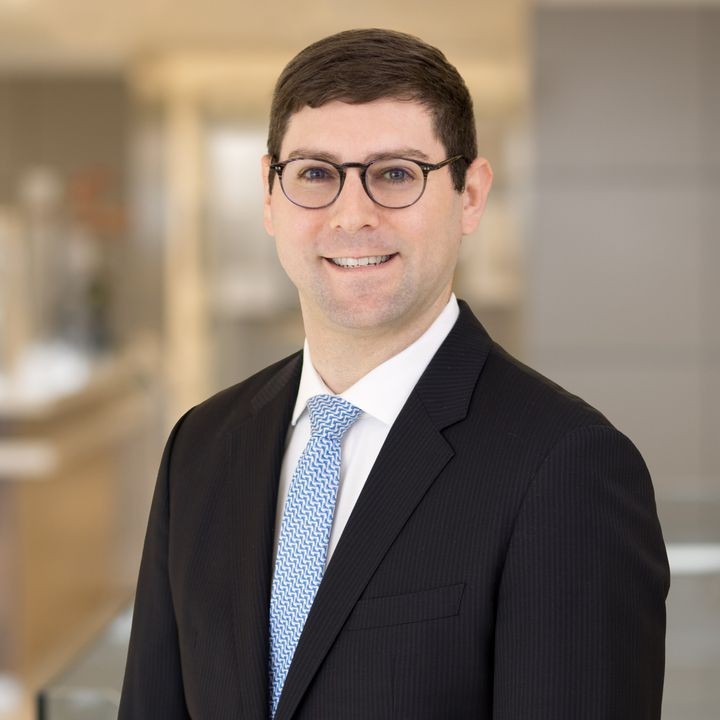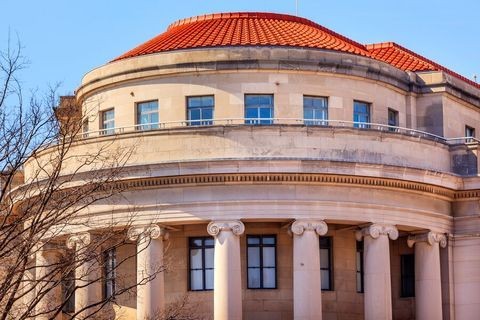Insurers’ COVID-19 Notepad: What You Need to Know Now - Week of December 12, 2022
Client Alert | 3 min read | 12.13.22
Ohio Embraces “Clear Trend” and Sides with Insurers in COVID-19 Business Interruption Case
Yesterday, in Neuro-Communication Services, Inc. v. Cincinnati Insurance Co., the Ohio Supreme Court embraced the “clear trend in the law in other jurisdictions” and held that “direct physical loss or damage to property does not arise from (1) the general presence of Covid in the community, (2) the presence of Covid on surfaces at a premises, or (3) the presence on a premises of a person infected with Covid.” Order ¶¶ 26, 29.
The Court said the term “direct ‘loss’” requires there be some “loss or damage to Covered Property that is physical in nature,” and any potential exception to this rule for situations in which there was no physical alteration to the property does not apply here. Id. ¶¶ 17, 25. The term “direct ‘loss’” does not include the policyholder’s COVID-related loss of the use of its offices for business purposes. Id.
An audiology practice sued its insurers for business interruption and income losses it suffered during the COVID-19 pandemic, seeking property coverage. The Ohio Supreme Court accepted a certified question from the U.S. District Court for the Northern District of Ohio:
Does the general presence in the community, or on surfaces at a premises, of the novel coronavirus known as SARS-CoV-2, constitute direct physical loss or damage to property; or does the presence on a premises of a person infected with COVID-19 constitute direct physical loss or damage to property at that premises?
Noting first that “direct ‘loss’” and “loss” are defined as “accidental physical loss or accidental physical damage,” the Court said the “language is clear and unambiguous” that none of the three factual scenarios in the certified question fall within the policy language. Id. ¶ 14. For the policyholder to resume its business activities, its property did not need to be “repaired, rebuilt or replaced,” the Court noted. Id. ¶ 19. Instead, it required that the government lift the shutdown orders. Id. (citing Santo’s Italian Café, LLC v. Acuity Ins. Co., 15 F.4th 398, 403 (6th Cir. 2021)).
The Court said that pre-pandemic cases the policyholder cited to support its argument that physical alteration to the property was not required, including Murray v. State Farm Fire & Casualty Co., 509 S.E.2d 1 (W. Va. 1998) and Gregory Packaging, Inc. v. Travelers Property Casualty Co. of America, No. 2:12-cv-04418, 2014 WL 6675934, at *3–6 (D.N.J. Nov. 25, 2014), were unpersuasive. Id. ¶ 23. In those pre-pandemic cases, the insured property was always rendered wholly uninhabitable because of a condition hazardous to human health. Id. Here, the policyholder’s property was “not wholly uninhabitable”; it just could not be used as a place for people to gather. Id. Therefore, it was “not akin to the total loss of access to the properties.” Id. ¶ 24.
As for the policyholder’s argument that other policies the insurer issued included language that excluded losses for viruses, the Court said under the parole evidence rule, it was barred from reviewing other agreements for the purpose the policyholder sought to use them— “to create ambiguity in the contract.” Id. ¶ 20.
A dissent argued that certification was improvidently granted because there was more than enough Ohio contract jurisprudence for the federal court to have resolved this case without certification. Id. ¶ 31.
Crowell & Moring LLP represented amici curiae American Property Casualty Insurance Company and National Association of Mutual Insurance Companies in this case.
* * * * * * * * * * *
With the COVID-19-related business interruption litigation having reaching a more advanced stage and the year coming to an end, Crowell & Moring will issue client alerts when there are developments of note, including state high court decisions like this one, but will discontinue weekly Insurer Notepads on Covid-19 developments in 2023.
Contacts
Insights
Client Alert | 11 min read | 05.17.24
FTC Finalizes Modifications to Broaden the Applicability of the Health Breach Notification Rule
On April 26, 2024, the Federal Trade Commission (“FTC”) announced a final rule (“Final Rule”) modifying the Health Breach Notification Rule (“HBNR”). The Final Rule, which largely finalizes changes proposed in a Notice of Proposed Rulemaking published last year (“2023 NPRM”), broadens the scope of entities subject to the HBNR, including many mobile health applications (“apps”) and similar technologies, and clarifies that breaches subject to the HBNR include not only cybersecurity intrusions but also unauthorized disclosures, even those that are voluntary. The Final Rule will take effect 60 days after its publication in the Federal Register.
Client Alert | 5 min read | 05.16.24
CMS Finalizes Contested Rule on Nursing Home Staffing and Facility Assessments
Client Alert | 3 min read | 05.15.24
Client Alert | 3 min read | 05.14.24





